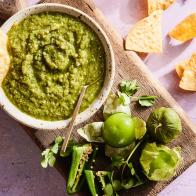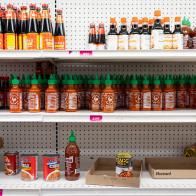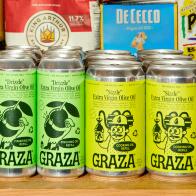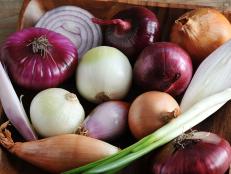Healthy Debate: Should You Avoid Food Dyes?
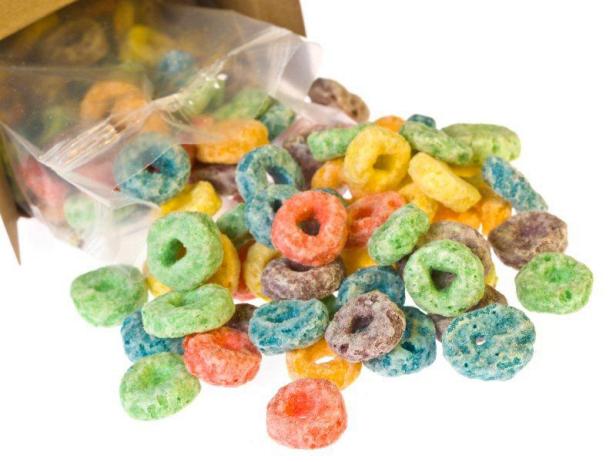
The Center for Science in the Public Interest (CSPI) is calling for a ban on several of the most common food dyes, citing studies that suggest they lead to hyperactivity in children. Last week, the FDA held hearings on the topic and concluded there wasn't enough evidence to warrant a ban. Here's the latest on this hot debate.
Do your kids love those brightly-colored breakfast cereals, fruit drinks and candies? Synthetic food dye consumption has increased dramatically since 1955, specifically in foods produced for kids. Manufacturers use about 15 million pounds per year of the most common eight synthetic dyes. Not only do the dyes provide no nutritional value, they have also been linked to hyperactivity in children.
So, which colors are the worst offenders? Blue 1, Red 40, Yellow 5, and Yellow 6 cause allergic reactions in some folks. Furthermore, many experts believe Red 40, Yellow 5 and Yellow 6 contain cancer-causing agents. CSPI says the FDA should ban these dyes and recommends food-based colorings instead. Learn more about the research and possible risks >>
FDA advisers evaluated studies and testimonials about the connection between color additives and ADHD (attention deficit/hyperactivity disorder) and were not convinced that the dyes were directly responsible for hyperactivity. The committee concluded that there is insufficient evidence at this time to warrant a food dye ban or an ingredient warning label.
Some experts say that the hearing itself is a big step for the FDA, as it shows the organization acknowledges that food dyes could cause harm to children. The FDA also called for more research on the topic -- we'll be watching the results!
The Bottom Line: With numerous studies showing the connection between food dyes and hyperactivity and many experts convinced of the harm, consuming food dyes sparingly isn’t a bad idea. It’s better to be safe than sorry, especially when talking about our future generation.
To avoid dyes at the grocery store, opt for higher-nutrient whole foods and choose certified organic products when you go for more processed stuff -- they contain natural dyes versus synthetic ones. And, as always, don't forget to read food labels!
Toby Amidor, MS, RD, CDN, is a registered dietitian and consultant who specializes in food safety and culinary nutrition. See Toby's full bio »


